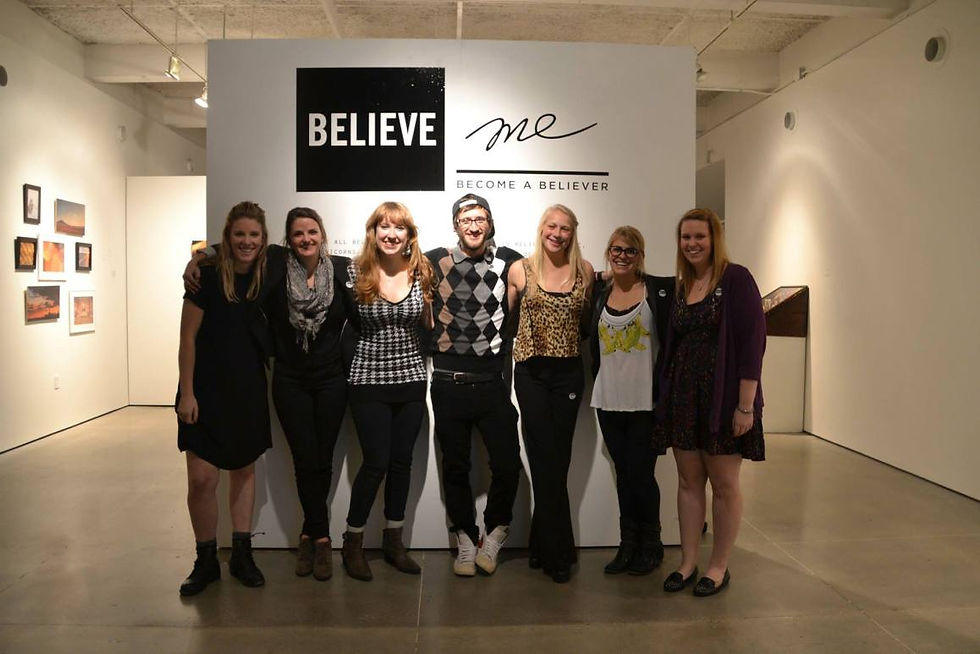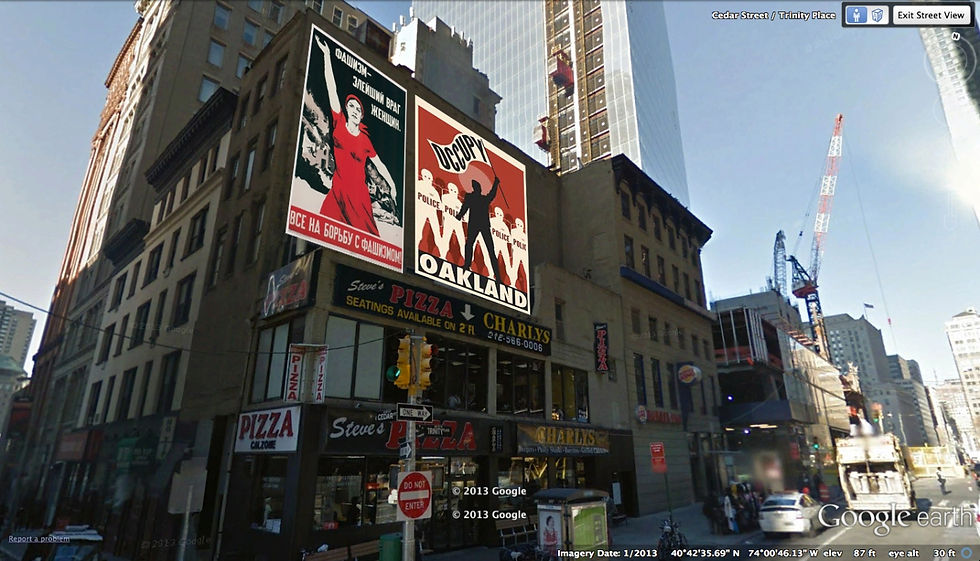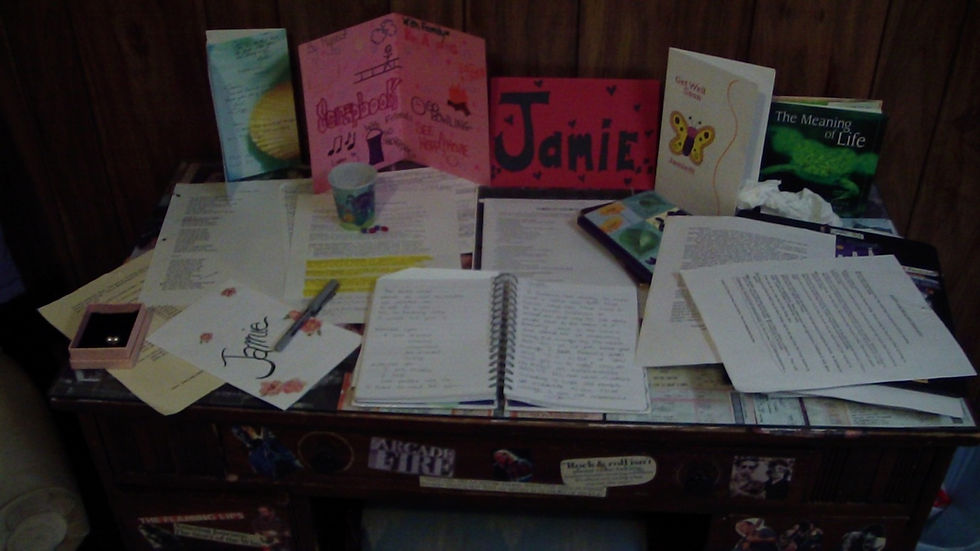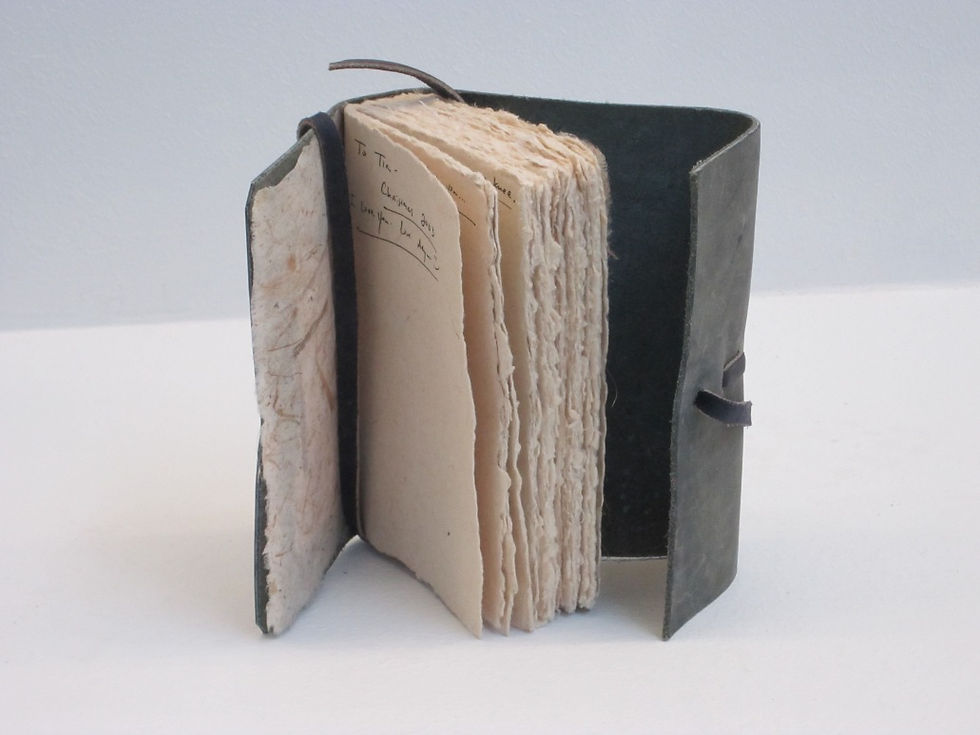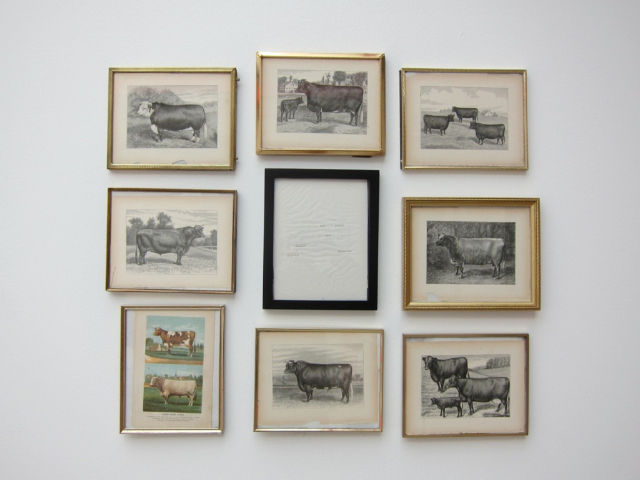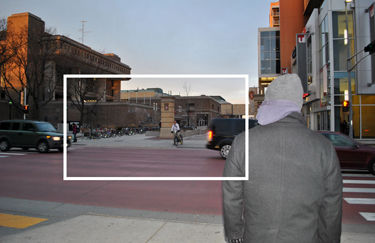Artist as Curator
Successful curation involves insight, persistence, and judgment. For a show to realize its curatorial intentions, judicious selection, meticulous research, public and often private persuasion, as well as dynamic installation strategies all come into play. The class considers these pragmatic aspects of curating alongside an array of theoretical issues.
More and more artists have multiple identities as critics, curators, and makers. Artists curate their own work for solo exhibitions and they curate their friends' work for group shows. Artists may curate shows of their peers as a way of building a creative community, thereby providing logical contexts for their work. Artists serve in curatorial roles in biennials and festivals. Artists are sometimes invited to play with collections (e.g. Fred Wilson and Sophie Calle). And artists use curation as an artmaking strategy, building works from collections of objects. Increasingly, there are practices of virtual curation, where art works are assembled conceptually as lectures or electronic galleries.
This is a course for anyone interested in curating as a creative practice. This is a studio class with curatorial projects as art-making assignments, but there is also substantial reading exploring a range of perspectives within contemporary curatorial activity. The course is useful to students of theory and history who are considering curatorial careers, but it has a special focus on artists as curators.

Adrienne Tracy
Triangular Elements
This series of printed triangles came from my research using transparent color. I was exploring how the build up of colors creates new colors and for this particular series texture was a new added element. Choosing to display these prints all together was a thought during the curatorial process. By displaying these all together I gave myself another chance to explore the composition of the combined prints. It now becomes a larger finished piece of work and becomes one piece of work instead of multiples. Generally in printmaking, the artist tries to make each print the exact same, thus making it a series. Here, no one print is alike, depicting the exploration of color, texture, and composition. The viewer is able to see my thought pattern throughout the printmaking process.

Anais Reyes
More Than it's Worth
Today, it costs the United States Mint 1.83 cents to produce a single penny. That’s even gone down since its peak price in 2011 from 2.41 cents. This means that every year, more than 70 million dollars of federal tax money goes to subsidizing the existence of the penny. Several studies have shown that the time Americans spend fiddling with pennies costs us as much as one billion dollars a year in opportunity costs. The limited utility of pennies leaves most people inadvertently collecting them, and the fact that pennies do not perform their intended purpose of facilitating exchange leaves us to question whether or not they are useful at all. More Than it’s Worth is an exhibition of my own inadvertently collected pennies. Useless, expensive pennies. Gelsy Verna Gallery, Art Lofts, University of Wisconsin-Madison. October 21- October 23, 2014

Anna Arnold
All the Old Shoes
During the summer of 1998 a muddy pair of Converse sneakers were tied together and hung on the backyard clothesline to dry. The low cut “tennies” hung for weeks, months, and then years. When the clothesline was replaced the shoes were tossed onto the lower branch of a nearby crab apple tree. There they continued to hang until the first shoe finally fell to the ground on August 8, 2011. The second shoe fell just seventeen days later. Throughout those thirteen years other shoes belonging to Mark Arnold and some of my own have been retired to the tree, replacing those that had fallen. Mark has documented the comings and goings of the shoe collection with random photos that capture passing time and the seasonal effects the shoes have endured, along with the durability of the shoes. As long as the tree stands there will always be a place for all the old shoes.

Katy Mara
Found Feathers Collection
Gelsey Verna Gallery, Fall 2014

Jay Katelansky
Open on Purpose
Open on Purpose is a virtual exhibition of Women of Color that are a part of the community I have built for myself, whom are all living around the United States with various backgrounds whether it be social, political, or economical. These women are using extensive platforms such as painting, performance, photography, and printmaking as an act of reclamation and self-determination.

Rebecca Gongorra
Curating Life, from walls to a wall
“Working in a creative field is autobiographical, a reflection of ones interests, values, and sensibilities” This was Steven Rand’s thoughts on curating and creative work. Today, everyone curates in their lives. They pin, post, follow, upload, and share details of their lives as well as values and interests. We each view each other’s usually careful curations on social media with a sense of curiosity and voyeurism into the lives of people we may or may not know and share our own with other’s who may or may not know us. The one true autobiography of one’s interests lies in what they chose to curate in their own homes. What images and text do we choose to place in the spaces we live and how do these choices define us? We find and collect art, objects, and take photographs that reflect our own interests and values. This process usually follows an autobiographical narrative of where we are or were at in that specific time in our lives and how our own personalities have changed. This collection comes directly from the walls of the curator’s home and reflects the interests as well as the narrative of her personal life. Each room has a different narrative and once removed from the context of the room and placed in the same space they create a larger narrative of the life that is surrounded by this work. Each piece has some memory, story, decision, or function behind it. As a viewer you get a glimpse into the home and life of another person that is not shared on social media but only to guests who are invited into the owner’s home. The artwork one decides to display can act as signifiers of the faith, wealth, taste, and socio-ethnic standing of the people who reside there. This collection showcases rituals in the home and the display of the social identity of the owner of the collection through material culture.

Leah Haefner
To My Valentine, A Collection of Vintage Valentines
These once-exchanged tokens of affection often contain short poems or witty rhymes. The collection of over 60 printed valentines is from the personal collection of Leah Haefner and contain over 65 vintage valentine’s from the late 19th to the mid 20th century. The various examples of valentine styles in the collection include flats, honeycomb paper puffs, postcards, and three-dimensional foldouts.

Erik Sorenson
My Library
Gelsy Verna Gallery, November 3-7, 2014. Perhaps one of the most ubiquitous and universal collections, the personal library, says a lot about its owner. From a quick scan of the titles and genres included one can glean the tastes and interests of the collector. The library of Erik Sorensen includes a large number of books of photography, art, design, and interior design which mirror his interests. For him the coffee table book, oversized and weighty, has always been the showpiece. This curated display showcases his collection of prized books both large and small.







